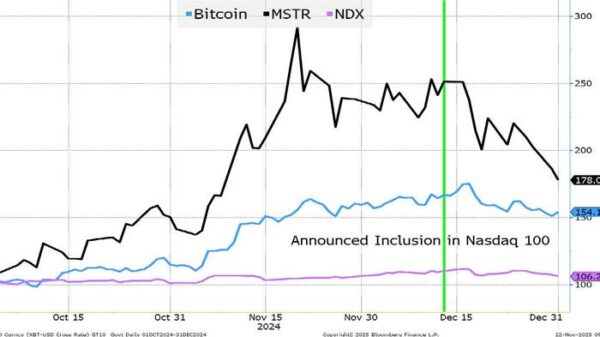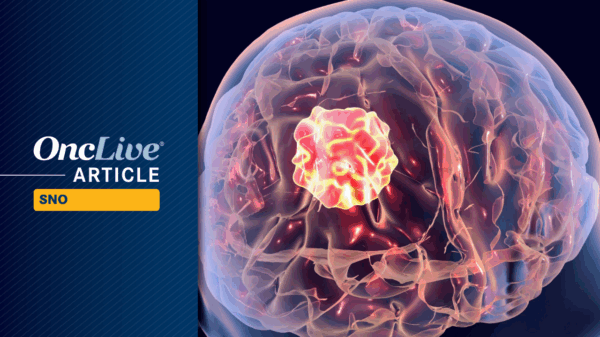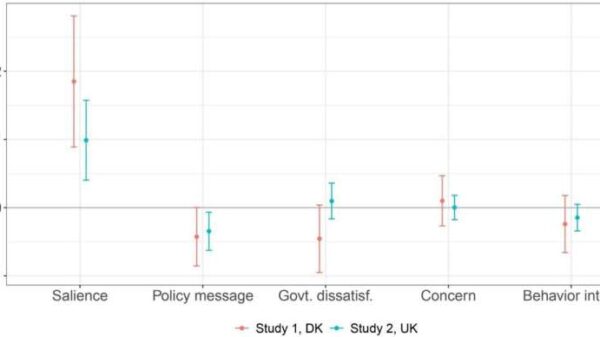Vorasidenib (marketed as Voranigo) is rapidly becoming a significant option in the treatment of IDH-mutated glioma, according to findings from a real-world study presented at the 2025 Society for Neuro-Oncology (SNO) Annual Meeting. The data reveals a notable shift towards earlier intervention, with many patients starting this targeted therapy shortly after their diagnosis, addressing a long-standing unmet need in this patient population.
Study Overview and Key Findings
In the study, researchers analyzed treatment patterns among a cohort of 1,121 patients who began treatment with vorasidenib from August 2024 onwards. Of this group, 520 patients met the inclusion criteria for the primary analysis. The findings indicate that 34% of newly diagnosed patients initiated treatment with vorasidenib within 90 days of their diagnosis, highlighting a trend towards earlier therapeutic intervention.
The study cohort comprised 125 incident cases (24%) and 395 prevalent cases (76%). Among the incident cases, most patients began treatment within 240 days of diagnosis. For prevalent cases, approximately half were diagnosed with glioma between one to five years prior to starting vorasidenib. This suggests that clinicians are utilizing this medication not only for new diagnoses but also for ongoing management of patients who have not responded adequately to standard treatments.
The median age of patients in the study was 41 years, with a significant proportion being diagnosed in 2024. Prior to initiating vorasidenib, 41% of patients had not undergone any active treatment, while 42% received it as their second line of therapy.
Implications for Clinical Practice
Vorasidenib serves as a dual inhibitor of the mutant IDH1 and IDH2 enzymes and received approval from the U.S. Food and Drug Administration in 2024 as a targeted therapy for grade 2 IDH-mutant gliomas following surgical intervention. Given the established efficacy and safety profiles from clinical trials, its integration into everyday practice is expected to influence treatment outcomes significantly.
Understanding how vorasidenib is adopted in real-world settings is crucial for guiding clinical decisions and shaping future research. As the data suggests, the most common treatment sequence observed was a period of observation followed by vorasidenib, demonstrating a clear shift in treatment strategies. Among incident patients, 47% began with observation before starting vorasidenib, compared to 30% of prevalent patients.
The study utilized claims data from Komodo Health, covering the period from January 2016 through April 2025. Researchers focused on individuals with a confirmed glioma diagnosis who underwent surgery prior to treatment initiation and maintained continuous health insurance coverage for at least 365 days before diagnosis.
Patient demographic data highlighted that the majority of participants were between the ages of 18 and 49, with lower numbers in older age brackets. A total of 247 women (47.5%) and 270 men (51.9%) were included, along with a small number of patients whose sex was not specified. The insurance landscape showed that 82% of patients had commercial insurance, while 10% were covered by Medicaid and 7% by Medicare.
Before initiating treatment with vorasidenib, the most frequently utilized therapies included radiation (46%), temozolomide (38%), and ivosidenib (30%). These findings underscore the evolving treatment landscape for IDH-mutated glioma, as vorasidenib offers a new avenue for managing this challenging condition.
This study sheds light on the rapid uptake of vorasidenib and its potential to fill gaps in the treatment of gliomas, paving the way for enhanced patient outcomes and more informed clinical practices in the future.




































































